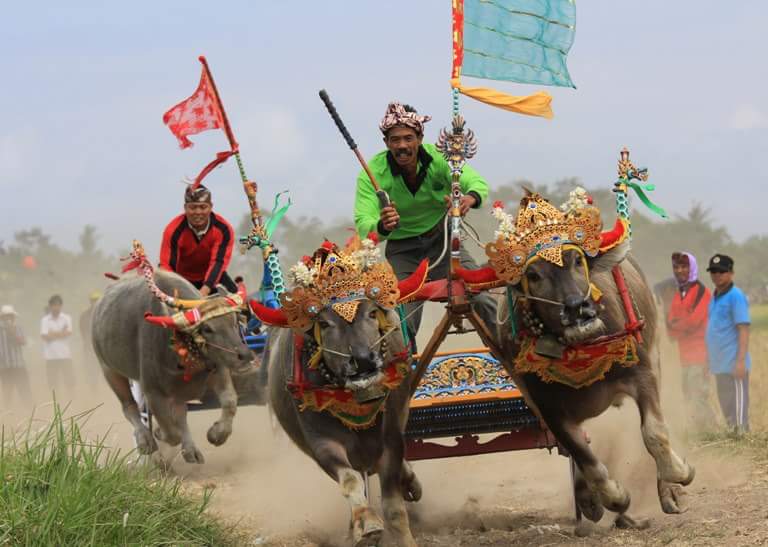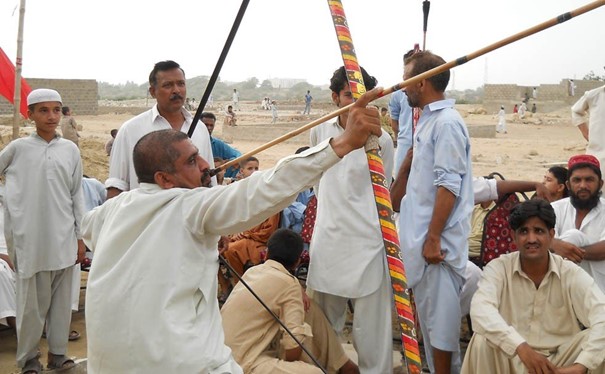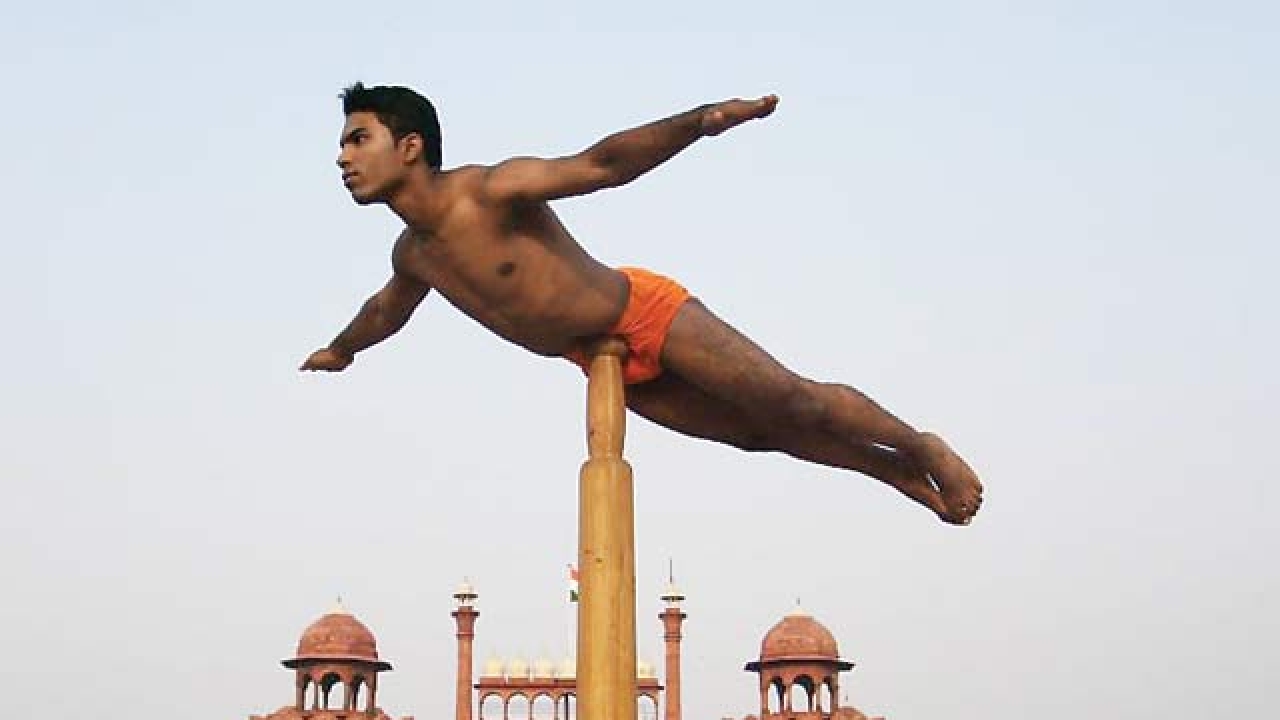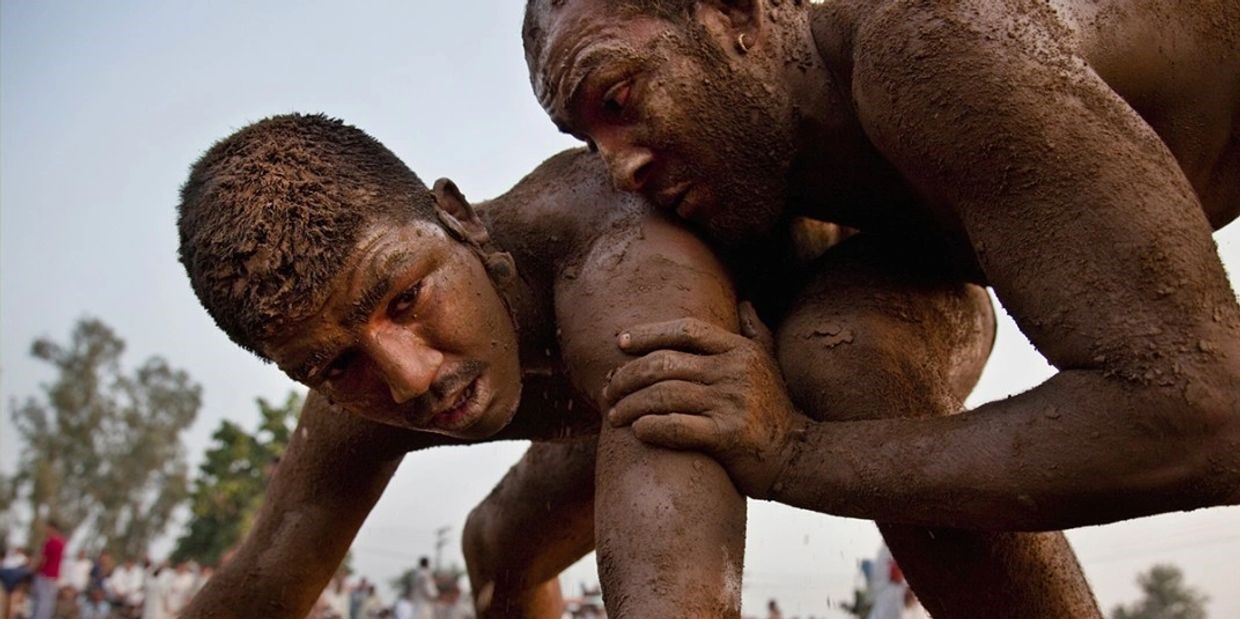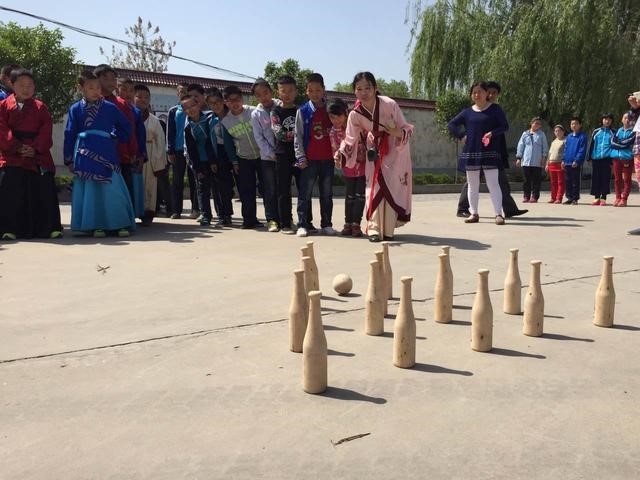- Name of sport (game): Makepung
- Name in native language: Makepung
- Place of practice (continent, state, nation):
The Makepung races are held every two weeks throughout the dry season, always on Sunday. There are seven different circuits that are used for the races and they’re all located in Jembrana, West Bali.
- History:
Before the race became popular in the 1930s, it took place on wet fields to facilitate the working of agricultural land. Now it takes place on dry land.
Makepung is the name of a major grand prix in Jembrana, West Bali, which features racing buffalo races. Hundreds of pairs of buffaloes are teamed up together with their jockeys. They ride the traditional wooden ploughs that are slightly modified for the competition. The racer buffaloes, or kerbau pepadu, compete in various open race circuits in assorted heats. These series of competitions are held around the district of Melaya. They lead up to the finals, known as the Jembrana Regent’s Cup and the Governor’s Cup.
West Bali’s Jembrana region entertains its residents and visitors in the know with its Makepung, a water buffalo race introduced about a century ago by migrants from neighbouring Madura. Wearing colourful banners and crowns, their horns decorated and wooden bells tied around their neck, the bulls race down an erratic track. It’s remarkable to see such docile creatures thunder across the finish line at a speed. The daredevil charioteers often ride standing up on their chariots, twisting the bulls’ tails to give them extra motivation. Farmers and their buffalos come to race for honour, pride and the trophy, rather than for money.
Often spotted during Makepung (especially during the big competitions), is the region’s unique Gamelan Jegog, a musical ensemble using only bamboo instruments, some of which are gigantic 3-metre long tubes. Jegog music is very fast, rhythmic, and precise. The instruments are played in specific sequences and produce some wonderful sounds, while also being visually attractive. Some have likened the resonant sounds to roaring thunder as the music can be heard from quite a distance away. Gamelan Jegog accompanies traditional dances such as the Tari Silat (self-defence dance) and newer ones such as Tari Makepung (bull race dance). - Description:
Before the race, the buffalo’s horns are painted and they are adorned with colorful ribbons and harnesses. A pair of two water buffaloes is paired with a jockey and hooked up to a traditional wooden plough. Teams are divided into east and west, which you can recognize by their uniforms. Teams from the east wear red while those from the west wear green.
The race track is made up of 125 m of wet rice field with four pairs of buffalo compete in one round. It becomes more fun when the jockey falls and wallows on the muddy land during the traditional race. - Current status:
Practiced
- Sources of information :
Film - https://www.youtube.com/watch?v=wkVQx5vPKAA
Film - https://www.youtube.com/watch?v=xe8vFbGYl9g
Film - https://www.youtube.com/watch?v=YXQDLXvDbQ4 - Gallery:
- Name of sport (game): Makha or Mokha
- Name in native language: Makha or Mokha (Mookha, Mukha)
- Place of practice (continent, state, nation):
Traditional Pashtun archery. Sport is practiced mainly in the Yousafzai tribe - Buner, Swabi and Mardan regions and in some parts of Haripur in Khyber Pakhtunkhwa.
- Description:
Makha's equipment consists of a long arrow (gashash in pashto) and a long bow (leenda). The tip of the arrow is not sharp, but has a flat, round piece of metal attached (tubray).
Once, the bow was a weapon of war. However, after the invention of modern weapons, Makha became a sport, played mainly in the Yousafzai tribe. People who emigrated from their regions to Karachi in the 1960s continued to practice this sport by regularly organizing tournaments.
The rules of the game are simple: archers play in teams of 12-10 players (and two in reserve), trying to hit a small white wooden target, called takai in pashto, located 32 feet from the archer. A round ring secured with fresh clay surrounds the target. Each team proposes a senior member of the community as a referee. The referee changes each round.
Each player has his arrow and bow. They shoot twice in each round, and the team with the most accurate shots advance to the next round of the tournament.
Competitors usually buy arrows and bows from the Jandol area of Dir, where the horns of Markhor, a wild goat from mountain forests, are used. Some also buy arrows and bows at Marghoz in Swabi. - Current status:
Over time and the popularity of other sports, this centuries-old traditional Pashtun sport disappears. But the Yousafzai tribes try to keep him alive, want to revive and promote Makha by organizing regular tournaments.
During the tournament, the organizers also invite dhol musicians who, after a shot in the target, beat their instrument rhythmically and are properly supported by the sounds of bajajy (horns) and dance lovers. Also in some tournaments, such as Karachi, Pashto poets recite their poetry. Makha tournaments are usually organized in spring or after wheat harvest, when people have relatively more time. - Sources of information :
Articles:
https://www.thenews.com.pk/tns/detail/563296-archery-pashtun-style
https://www.dawn.com/news/1563419
https://bolojawan.com/mukha-a-sport-gone-into-shadows/Video:
https://www.youtube.com/watch?v=9w5jgsoVVOk
https://www.youtube.com/watch?v=ZuxJ3WsVDXg
https://www.youtube.com/watch?v=ECOeYEGWmJo
https://www.youtube.com/watch?v=1pFUcdB42zkSource of photos used in this article and gallery:
https://www.thenews.com.pk/tns/detail/563296-archery-pashtun-style
https://www.dawn.com/news/1563419
http://pcrs.com.pk/khyber-pakhtunkhwa-sports/
https://mashriqtv.pk/en/2021/09/10/mukha-centuries-old-sport-still-thrives-in-swabi/
https://bolojawan.com/mukha-a-sport-gone-into-shadows/ - Gallery:
- Place of practice (continent, state, nation):
India
- Description:
Basic information on sports and equipment used in mallakhamb exercises is presented in the following video:
https://www.youtube.com/watch?v=Kai6p1xss7Y&feature=share&fbclid=IwAR3qLUrAwTa9DyBR7lJHpelLQ1lXWk-VOLExYAoa9vEDx_8UgYUnFW3Ccy4 - Sources of information :
Video:
https://www.youtube.com/watch?v=7sAMjPXlCwc&feature=share&fbclid=IwAR13QQXwRLUQ3TQ2bbcwJjGMI2l2g_FEedDnd_xwozr5QS7AHA3teUJxav0
https://www.youtube.com/watch?v=Kai6p1xss7Y&feature=share&fbclid=IwAR3qLUrAwTa9DyBR7lJHpelLQ1lXWk-VOLExYAoa9vEDx_8UgYUnFW3Ccy4
https://www.youtube.com/watch?v=QIxrxid1Lsg
https://www.youtube.com/watch?v=L6jX57-Ubt0 - Gallery:
- Documents:
- Name of sport (game): Mallyuddha or Malla-yuddha
- Name in native language: Devanagari: मल्लयुद्ध, Bengali: মল্লযুদ্ধ, Odia: ମଲ୍ଲ ଯୁଦ୍ଧ, Kannada: ಮಲ್ಲಯುದ್ಧ, Telugu: మల్ల యుద్ధం malla-yuddhaṁ, Tamil: மல்யுத்தம் malyutham, Thai: มัลละยุทธ์ mạllayutṭh̒
- Place of practice (continent, state, nation):
Mallyuddha is the traditional South Asian form of combat-wrestling created in what is now India, Pakistan, Bangladesh, Nepal and Sri Lanka.
- History:
The first literary reference to malla-yuddha itself lies in the Mahabharata, an ancient Indian epic dating from the 5th century BC (although the original copy likely dated back as early as 9th century BC). However, wrestling in general in South Asia, and likely a form malla-yuddha itself, is linked back to at least the 3rd millennium BC. Badang, a legendary Malay folk hero of oral tradition, is said to have practiced malla-yuddha, though the period in which his legend is set is unspecified.
Before the Muslim conquest of India between the 12th and 16th centuries AD, malla-yuddha was enjoyed among all classes, from kings to peasants. Opposing kings would sometimes pit royal wrestlers against each other in lieu of war and other conflicts. Even kings themselves would occasionally engage in matches.
Royalty and nobility would host public tournaments within palace courtyards throughout thus period, often offering a large monetary prize to the winner. These tournaments brought in both casual and professional competitors from the surrounding areas. Sometimes the rich would hire professional wrestlers in an attempt to draw in more of a crowd. These events were highly celebrated and featured performances from other arts as well.
Though there were many casual wrestlers, the spectator sport was dominated primarily by professional wrestlers. These athletes devoted their lives to malla-yuddha, often living in an institution called an akhara and training under the supervision a guru. They were to follow a strict training regime and abstain from alcohol and sexual contact to keep their bodies pure and optimally primed for their profession. Sometimes royalty or nobility would serve as patrons for one or several wrestlers, funding their lifestyle and careers.
The sport’s popularity faded out throughout most of South Asia by the 16th century, though it still persisted in some areas to the south.
Source: https://healthandfitnesshistory.com/ancient-sports/malla-yuddha/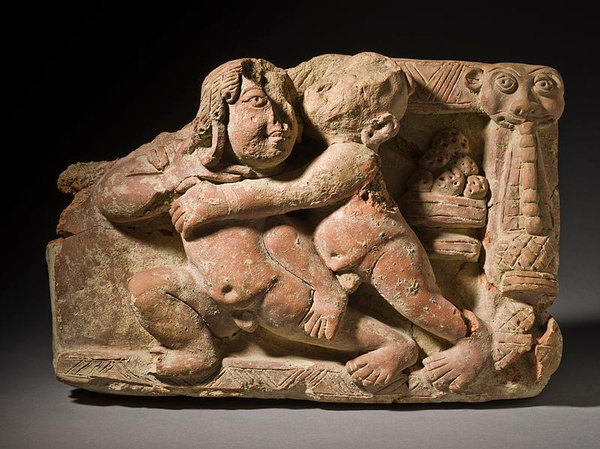
Source of photo: https://healthandfitnesshistory.com/images/terracotta-sculpture-indian-wrestlers-d/ - Description:
Malla-yuddha incorporates grappling, joint-breaking, punching, biting, choking and pressure point striking. Matches were traditionally codified into four types which progressed from purely sportive contests of strength to actual full-contact fights known as yuddha. Due to the extreme violence, this final form is generally no longer practised. The second form, wherein the wrestlers attempt to lift each other off the ground for three seconds, still exists in south India. Additionally, malla-yuddha is divided into four styles, each named after Hindu gods and legendary fighters:
• Hanumanti concentrates on technical superiority,
• Jambuvanti uses locks and holds to force the opponent into submission,
• Jarasandhi concentrates on breaking the limbs and joints while
• Bhimaseni focuses on sheer strength. - Current status:
Practiced
- Contacts:
IFM - International Federation of Mallyuddha
C/o National Martial Arts Academy India
Pari Chowk, Pari Chowk, Greater Noida, Uttar Pradesh, India
Email:This email address is being protected from spambots. You need JavaScript enabled to view it.
Webside: http://www.mallyuddha.org/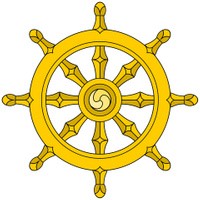
- Sources of information :
Books:
Alter, J. S. (1992). The wrestler’s body: Identity and ideology in north India. Berkeley: University of California Press.
Draeger, D. F., & Smith, R. W. (1985). Comprehensive Asian fighting arts. Tokyo: Kodansha International.Articles:
https://healthandfitnesshistory.com/ancient-sports/malla-yuddha/
https://www.emilianopinnizzotto.com/malla-yuddha
https://www.sportskeeda.com/wrestling/how-can-india-ancient-form-wrestling-kusti-revived
http://www.iagtok.com/project/wrestling-kushti/
https://en-academic.com/dic.nsf/enwiki/2155381
https://www.hindu-blog.com/2021/10/wrestling-in-ancient-hinduism-malla.htmlPhotos:
https://nimitnigam.wordpress.com/tag/story/
https://www.mitchellk-photos.com/photography/2016/3/7/kushti-ancient-indian-wrestling
https://www.buzzfeed.com/shayanroy/the-pehelwans-of-pune
https://kushtiwrestling.blogspot.com/2011/05/
https://www.moscowfotoawards.com/winners/hm/2016/3902/Video:
https://www.youtube.com/watch?v=htYmhyE878Y
https://www.youtube.com/watch?v=oGlT9F927sk
https://www.youtube.com/watch?app=desktop&v=dy_6-5Kx2Fk
https://www.youtube.com/watch?app=desktop&v=YXHfG_EUpi0
https://www.youtube.com/watch?v=HufEWTgOItk
https://www.youtube.com/watch?app=desktop&v=CPREgEX7AJgThe information contained in the article comes from the following sources:
https://healthandfitnesshistory.com/ancient-sports/malla-yuddha/Source of photos used in this article and gallery:
https://www.sportskeeda.com/wrestling/how-can-india-ancient-form-wrestling-kusti-revived
https://healthandfitnesshistory.com/ancient-sports/malla-yuddha/
https://www.fitternity.com/article/5-martial-art-forms-that-evolved-in-india
https://www.storypick.com/indian-martial-arts/
https://www.eatmy.news/2021/05/different-types-of-martial-arts-in-india.html
https://kushtiwrestling.blogspot.com/2010/06/kushti-photos-from-sangvi-mamasaheb.html
https://ceg.edu.vn/kushti-logo-rggc3wrl/#google_vignette
https://alchetron.com/Malla-yuddha - Gallery:
- Name of sport (game): Mardani khel
- Place of practice (continent, state, nation):
Maharashtra, India
- Name of sport (game): Mazanderani, also Mazendarani
- Place of practice (continent, state, nation):
Iran
- Name of sport (game): Mossara taban
- Place of practice (continent, state, nation):
Saudi Arabia
- Name of sport (game): Moulapta
- Place of practice (continent, state, nation):
Saudi Arabia
- Name of sport (game): Mushe or Chinese Fifteen-pin Bowling
- Name in native language: Mushe - 木射
- Place of practice (continent, state, nation):
China
- History:
More than 2000 years, since Tang dynasty.
- Description:
Mushe, a sport that became popular during the Tang dynasty, also called “Chinese Fifteen-pin Bowling”. The goal of the game is to knock down the pins positioned in the distance using a rolling wooden ball.
The rules and methods of the game are illustrated very carefully and skilfully on the painting “Fifteen-pin Bowling Picture” by Lu Bing created during the Tang dynasty.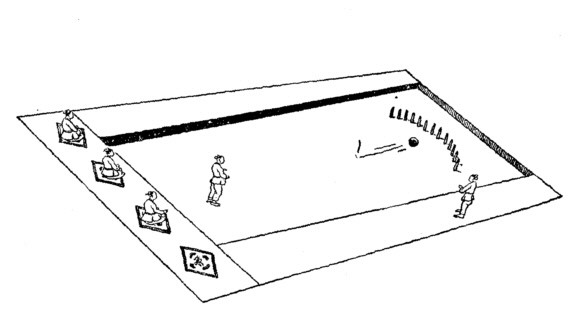
Rules:
• The game usually took place in a spacious room, with fifteen pins resembling bamboo shoots, arranged in parallel at the end of the room. The pins were painted red and black, while ten of them were inscribed with words, in red, representing positive values: Kindness, Justice, Politeness, Ration, Honesty, Gentleness, Goodness, Respect, Thrift and Modesty; while the remaining five pins were inscribed with words, in black, representing negative values: Haughtiness, Superciliousness, Sycophancy, Avarice and Abuse.
• The participants were to throw a wooden ball (usually from the distance of 6 to 10 metres) in the direction of the pins in order to knock them. Knocking the pins inscribed with red words resulted in scoring one point, while knocking the pins inscribed with black words resulted in losing one point.
• The game consists of three sets, giving the participants three chances (three balls) during each set.
• The participants can play the game in a one on one match formula or two on two match formula.
• The winner is decided upon getting the highest score. If there is a draw, an extra-time is added to the match. During the extra-time, the participants play set after set until one of them wins.
• The game is suitable for people of all ages. - Current status:
unprofessional sport
- Importance (for practitioners, communities etc.):
The game has integrated China traditional ethics, which is the main feature of China traditional sports as well as the chief characteristic of the Fifteen-pin Bowling.
- Contacts:
19 North Tianmu Rd,Tong Shan Ban Dao,
Anji,Zhejiang Province,China 313300
Contact Person:Zhu Qian (as a volunteer)
E-mail:This email address is being protected from spambots. You need JavaScript enabled to view it. - Gallery:
- Name of sport (game): Musti Yuddha
- Place of practice (continent, state, nation):
India
- History:
"Mukki Boxing." This brutal form of bare hand fighting devoid of leg techniques existed for some three hundred and fifty years in the Benares (India) prior to being officially banned. It then went underground in its practice. It is alleged to have experienced a revival from the most unlikely of benefactors, the British Police Chief. Multiple opponent bouts were often held although this has given way to the more common individual bout. Few rules exist and one may target any point on the body save the genitals. Deaths within these contests are reputed to be numerous. Mukki Boxers are known for their extreme emphasis on hand conditioning, and a well trained boxer can shatter a coconut with a blow.
- Name of sport (game): Naban
- Name in native language: Burmese: နပန်း
- Place of practice (continent, state, nation):
Naban is especially popular among the Himalayan tribes. The Chin and Kachin people are both known for their skilled wrestlers.
- Description:
Originally based on Indian wrestling, it is practiced primarily in rural areas. Techniques include joint locks, strikes to pressure points, and chokeholds. Any part of the opponent's body is a legal target.

